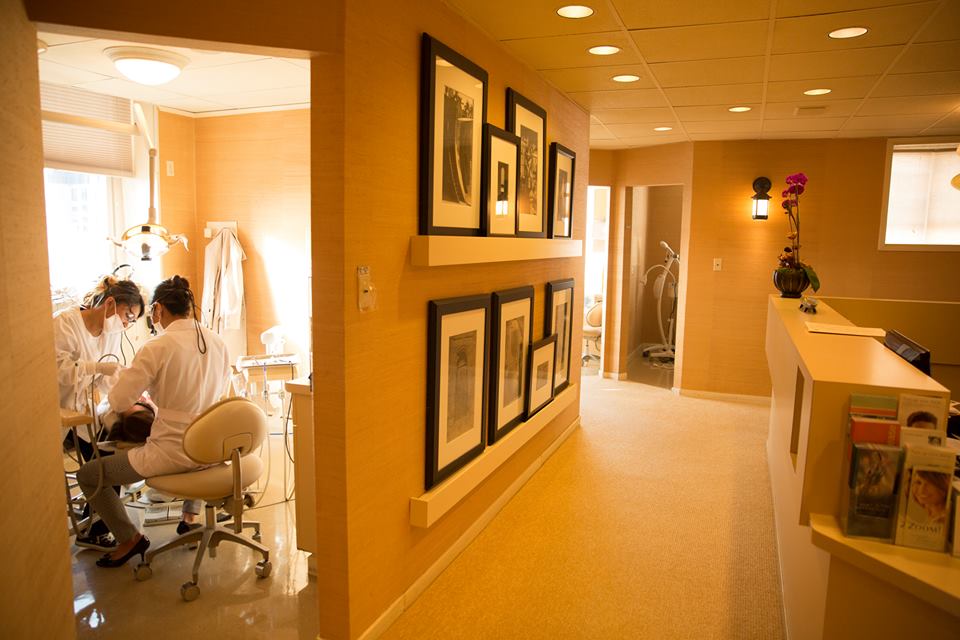Coding Your Way Out of a $1,000 a month AT&T bill with Twilio and Intercom
Time to read:
This post is part of Twilio’s archive and may contain outdated information. We’re always building something new, so be sure to check out our latest posts for the most up-to-date insights.


He paid for 12 phone lines so his dental office could handle call volume at peak hours. Off peak, they only used the capacity of two lines. He still paid full price, a fixed price, for all 12.
AT&T didn’t charge Farid extra to place callers on hold. The one catch was callers would only hear a series of beeps. It cost extra to play a voice prompt that let the caller know they were on hold, not lost in the Telecom ether.
Farid wondered what he was paying for. This wonder led to some tinkering, and eventually engineering his way out of being an AT&T customer. He cut his bill by 94%. He now pays $60 to Twilio each month using a Twilio + Intercom solution he built himself in two weeks.
“We Need to Build Our Own Software”
Farid singlehandedly ported his office’s number to Twilio, wired his Asterisk server to a SIP trunk, and built browser-based SIP phones for his staff in addition to SMS appointment confirmation reminders. All of this took him two weeks.
Farid founded Soothing Dental himself. It made sense he would solve their communication problems himself.
“I looked at our AT&T set up and said ‘we need to build our own software’,” says Farid. This is how the integration works:
When a patient dials Soothing Dental’s Twilio number, Twilio pings Soothing Dental’s web server, alerting them of a call. Twilio reads a menu to the patient (press 1 if you’d like to make a new appointment etc…) and logs the patient’s input.
“The integration between Twilio and Intercom is fantastic. It also produces a lot of data for us,” says Farid. “It was so easy to create a menu with Twilio. Now for every patient that’s calling in, we have them select a reason why they’re calling in. That answer gets recorded so we know the type of patients that are calling in and why.”
Your Browser Is Ringing: Using SIP Softphones
If the caller needs to speak to staff, Twilio rings Soothing Dental’s Asterisk’s server which pipes the call to an agent’s SIP softphone.
“They’re actually cheaper, they have callerID — the old phones didn’t which was a nightmare, and this is costing us next to nothing,” reports Farid.
The data collected during calls is stored in Soothing Dental’s Intercom suite. Soothing Dental pairs each patient with their personal phone number. If a patient leaves a voicemail but forgets to include their number, Soothing Dental still knows who called, what the patient called about and how to reach them.
Using Call Data to Deliver A Better Experience to Customers

Back in the AT&T days, voicemail was costly and troublesome. Farid paid to store voicemails on a proprietary server, from which he could extract no additional data about the caller. His staff was left literally guessing which client left the voicemail based on the sound of their voice.
Now, all of Soothing Dental’s voicemails are automatically transcribed by Twilio, paired with a client’s Intercom profile, and stored. Using Intercom, staff can read the voicemail as opposed to listening to it, and reply via text, call, or email — all from their browser.
“With Twilio we can actually transcribe the call and send it as a message in Intercom. That way our phone calls, voicemails, emails, our website requests are all in one place. We know who called, what did they say, and if we responded to it,” says Farid.
With a new communication system in place, Farid’s business is growing rapidly. He’s more than quadrupled the number of new patients he brings in per month. But he hasn’t hired any new staff to deal with the boom in business. He doesn’t need to.
Farid’s Twilio + Intercom integration frees his staff from manual processes like playing the “who left the voicemail?” game or checking caller ID records against patient ID records. Farid’s staff use that extra time to create a better experience for clients (and themselves) using Intercom.
“The experience is better for the patient, it’s better for our own staff, it’s costing us way less money and it has features we couldn’t get before.”
Related Posts
Related Resources
Twilio Docs
From APIs to SDKs to sample apps
API reference documentation, SDKs, helper libraries, quickstarts, and tutorials for your language and platform.
Resource Center
The latest ebooks, industry reports, and webinars
Learn from customer engagement experts to improve your own communication.
Ahoy
Twilio's developer community hub
Best practices, code samples, and inspiration to build communications and digital engagement experiences.